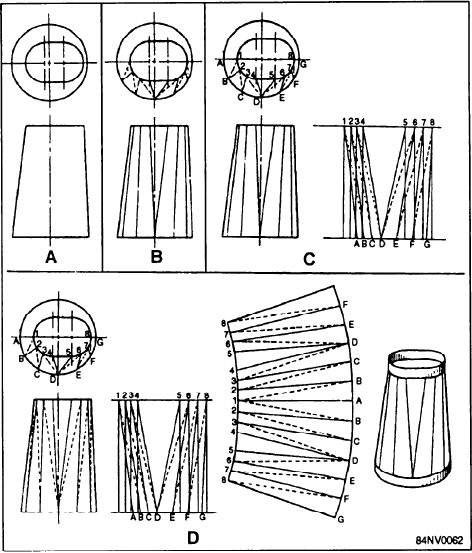
Figure 14-56.--Development of a warped transition piece.
METRIC SYSTEM
1. Draw the top and front orthographic view (view
A).
The metric system is an extremely accurate
universal system of weights and measures. It is based
2. Divide the circle of the base into several equal
on a unit called a meter.
spaces. Divide the arcs at the ends of the oblong
into half as many spaces. Since the transition
NOTE: 1 meter was originally 1/10,000,000 the
piece is symmetrical on a central axis, this may
distance from the earth's equator to its pole. It is a
be done on only half of the top view. Connect
system based on units of ten, making it a very
these division points (view B). Use dotted lines
uncomplicated system with which to work. A meter is
for the diagonals to differentiate them.
39.37 inches long or slightly longer than a yard.
3. Project the division points to the front view and
Adding prefixes to the name of the primary unit of
draw the elements there.
measure, such as micrometer or millimeter, form the
names of metric denominations
4. Draw the true-length diagram for the elements
(view C).
Table 14-1 explains the metric system by showing
nomenclature and giving the English measure
5. Draw an approximation of the surface pattern of
equivalents.
the warped surface by constructing one triangle
after another (view D).
Tables 14-1, 14-2, 14-3, 14-4, 14-5, and 14-6 are
given as a quick reference when solving math-related
problems.
14-36

